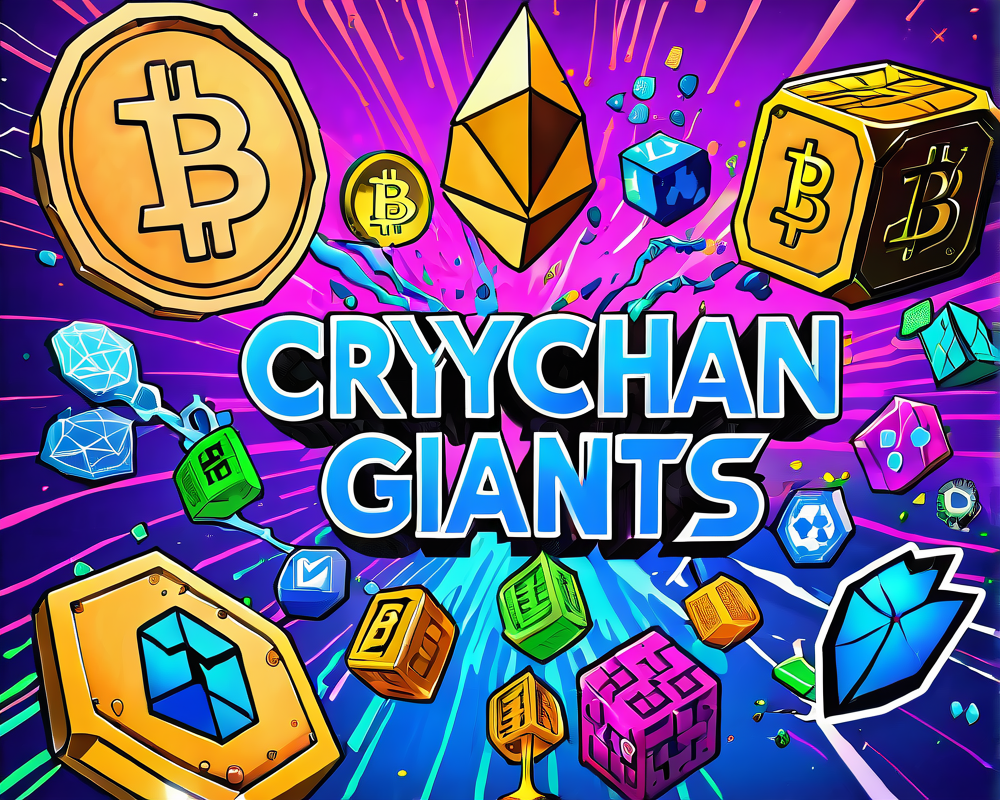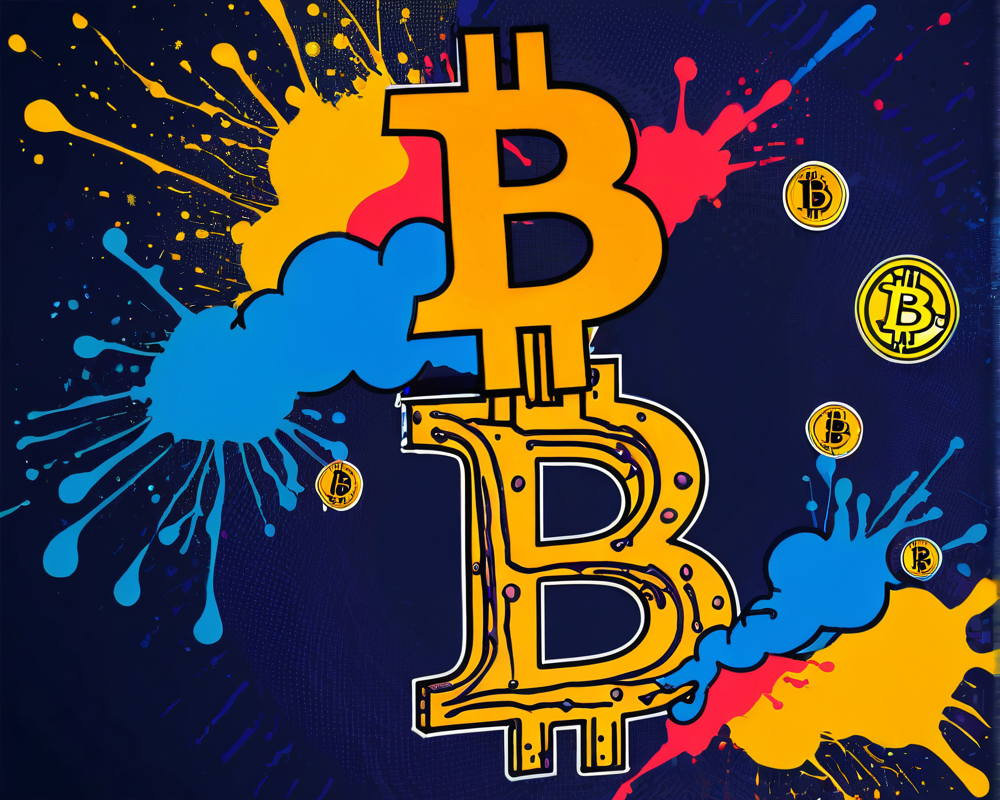The Blockbuster Showdown: JPMorgan, Facebook, and Telegram
Since 2018, the crypto world has been abuzz as heavyweight players, including JPMorgan Chase, Facebook, and Telegram, have made moves to shake up the blockchain landscape. Each behemoth has rolled out ambitious projects—largely in the testnet stage—promising to transform the way we interact with currency and value. These not-so-playful little ventures are now the centerpiece of a global debate: are they the harbingers of crypto utopia, or merely soulless corporate machinery? Buckle up, as we dive deep into the good, the bad, and the oh-so-ugly of the crypto cosmos.
JPMorgan Chase: The Reluctant Overseer
Known traditionally for wielding the financial power of a dragon, JPMorgan Chase’s foray into blockchain has crypto enthusiasts raising eyebrows and fingers alike. Jamie Dimon, the bank’s CEO, first dismissed Bitcoin as a ‘fraud,’ only to evolve into a cautious cheerleader for blockchain’s potential. Enter JPM Coin, a stablecoin designed to facilitate real-time transactions between institutional clients. Pegged to the U.S. dollar, it aims for efficiency, security, and a sprinkle of traditional banking flair. In many ways, it is the friendly neighborhood villain—only borrowing some decentralized ideas while tightly gripping the reins of conventional finance.
Features of JPM Coin
- Purpose-built for high-stakes transactions.
- Uses Quorum, allowing swift execution with trusted validators.
- Privacy via hashing: only chosen nodes authorized to decode data.
Facebook’s Libra: The People’s Coin?
What happens when a social media giant known for data scandals tries its hand at cryptocurrency? Enter Libra. Originally pitched as a way to empower the unbanked (or as a very fancy PR move), Facebook aims to leverage its vast ecosystem of billions to forge a new economic model. However, skeptics see it as potentially creating a central hub for data mining on a dizzying scale—not exactly the Robin Hood scenario some had hoped for.
Key Aspects of Libra
- Control by a curated group of validators—yes, that’s right.
- A promise of stability from a basket of low-volatility currencies.
- Libra aims to harness Facebook’s planetary adhesion, making wallets as common as cat memes.
Telegram Open Network (TON): The Dark Horse
Nikolai and Pavel Durov, the creative minds behind Telegram, have their sights set on a completely decentralized blockchain universe that touts features straight from a sci-fi novel. With ambitions of catering to the needs of a burgeoning crypto ecosystem while maintaining user privacy, TON hopes to become the backbone of the new decentralized economy. But can it rise above its peers and earn the title of hero?
Highlights from TON’s Playbook
- Scalability through sharding, allowing a staggering number of parallel blockchains.
- Self-healing features that preserve usable blocks—talk about a resilient character!
- Gram token to facilitate transactions, keeping the money flowing in ecosystem harmony.
The Bigger Picture: Corporate Control vs. Libertarian Values
All three projects present a tantalizing blend of possibilities and pitfall-laden pitfalls. As major companies wrestle for dominance in the crypto sphere, the core debate remains: will this be a noble competition to drive innovation, or a race to build walled gardens around cryptos? One thing’s for sure: as long as they play by regulated rules and focus on stability, crypto enthusiasts might just find a way to coexist alongside these corporate behemoths. The road ahead is murky, but the stakes are undeniably high.




